The wheel is one of humanity’s oldest and most important inventions, dating back to around 3500 BCE. Since then, it has undergone a remarkable evolution, from wooden spokes to carbon fiber, and has played an essential role in the development of transportation, machinery, and technology.
In the early days of wheel technology, wooden spoke wheels were the norm. These wheels were relatively simple, consisting of a wooden hub with a number of wooden spokes radiating outwards to a wooden rim. While they were effective at the time, they were not particularly durable and required frequent maintenance. However, over time, the wheel evolved to include iron rims, which greatly increased their durability and allowed for heavier loads to be carried.
As technology advanced, so did the wheel. With the advent of the bicycle in the late 1800s, the tensioned wire spoke wheel was invented. This design greatly improved the strength and durability of the wheel, allowing for faster and more efficient transportation. Over time, the wheel continued to evolve, with the introduction of materials such as aluminum, titanium, and carbon fiber. These materials allowed for even lighter and stronger wheels, which are now commonly used in everything from bicycles to race cars.

The Birth of the Wheel
The wheel is one of the most important inventions in human history. It has revolutionized transportation, agriculture, and industry, making it possible to move heavy loads and travel long distances with ease. The wheel has come a long way since its invention, from simple wooden disks to high-tech carbon fiber wheels used in race cars and airplanes.
Wooden Spokes
The earliest wheels were made of solid wood and were used for pottery and other small objects. The first evidence of wheeled vehicles dates back to around 3500 BC in ancient Mesopotamia. These early wheels were made of three wooden planks clamped together and were used for carts and chariots.
As the use of wheeled vehicles became more common, people began to experiment with different designs to make them more efficient and durable. One of the most important innovations was the introduction of spokes. Spokes are thin rods that connect the hub of the wheel to the rim, providing support and stability. The use of spokes allowed for lighter and stronger wheels, making it possible to build faster and more maneuverable vehicles.
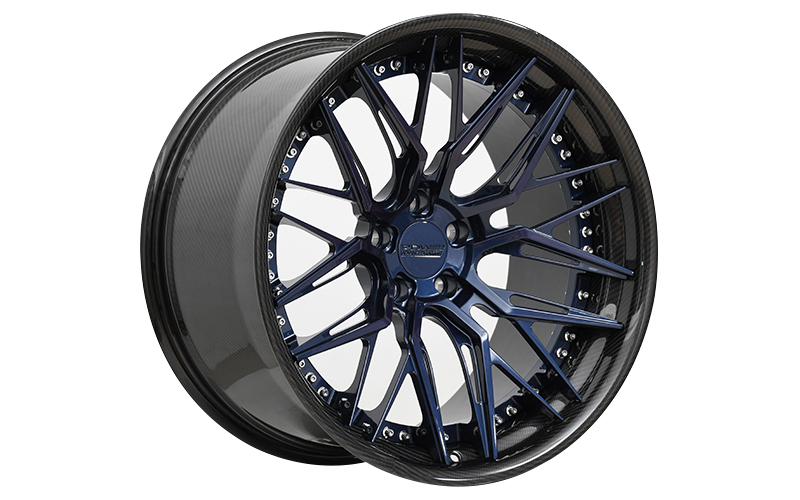
Wooden spokes were first used by the Assyrians for their war chariots around 2000 BC. Before that time, wheels were constructed from several wooden planks shaped into the form of a circle and held together by cross-bars. Such wheels were rather clumsy devices but still served a useful purpose.
Over time, the design of the wheel continued to evolve, with new materials and construction methods being developed. The next major innovation in wheel technology was the use of metal rims, which provided additional strength and durability. With the invention of the steam engine and the rise of industrialization in the 19th century, the demand for more efficient and reliable wheels grew, leading to the development of new materials like rubber and steel.

In conclusion, the birth of the wheel is a testament to human ingenuity and innovation. From simple wooden disks to high-tech carbon fiber wheels, the evolution of wheel technology has transformed the world we live in, making it possible to travel faster, carry heavier loads, and achieve new heights of productivity and efficiency.
The Iron Age and Wheel Technology
During the Iron Age, which lasted from around 1200 BC to 600 BC, the production of iron tools and weapons became widespread. This period also saw significant advancements in wheel technology, which allowed for more efficient transportation of goods and people.
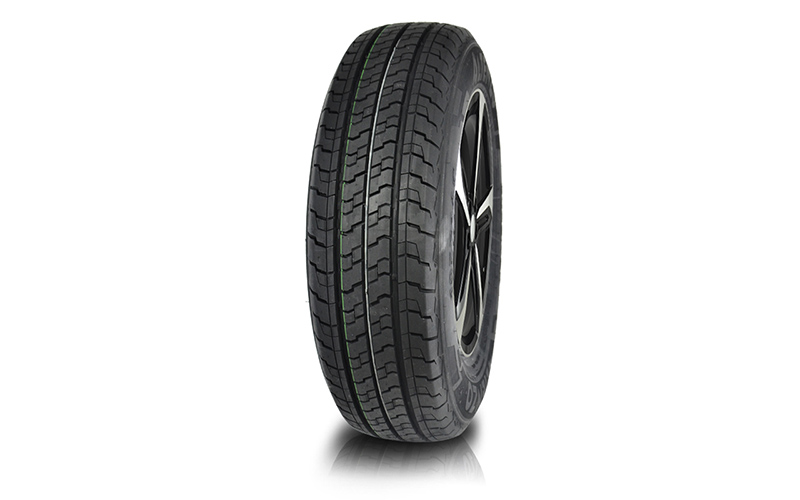
Iron Rims
One of the most significant advancements in wheel technology during the Iron Age was the development of iron rims. Iron rims were added to wooden wheels to provide greater durability and strength, making them better suited for use on rough terrain.
Iron rims were typically made by heating a strip of iron and then wrapping it around the wooden wheel. The rim was then cooled and shrunk onto the wheel, creating a tight fit that helped to prevent the wheel from warping or splitting.
The use of iron rims allowed for the development of larger and heavier carts and wagons, which could carry more goods and transport them over longer distances. This, in turn, helped to facilitate trade and commerce, which played a significant role in the growth and development of many Iron Age societies.
Overall, the development of iron rims was a significant advancement in wheel technology during the Iron Age, which helped to pave the way for future innovations in wheel design and construction.

The Industrial Revolution and Wheel Evolution
During the Industrial Revolution, the wheel evolved significantly, leading to the development of more efficient machines and transportation vehicles. In this section, we will discuss two important aspects of the wheel evolution during this period: rubber tires and spoked wheels.
Rubber Tires
The first rubber tire was invented in 1845 by Robert William Thomson. However, it was John Boyd Dunlop who patented the first practical pneumatic tire in 1888. The rubber tire revolutionized transportation, making it more comfortable and efficient. The use of rubber tires also led to the development of faster vehicles, such as bicycles and cars.
Spoked Wheels
Spoked wheels were also an important development during the Industrial Revolution. They were first used in bicycles and later in cars. Spoked wheels were lighter and stronger than solid wheels, making them more efficient for transportation. They also allowed for better shock absorption, leading to a smoother ride.
Overall, the Industrial Revolution marked a significant period of evolution for the wheel. The development of rubber tires and spoked wheels led to more efficient and comfortable transportation, paving the way for modern-day vehicles.
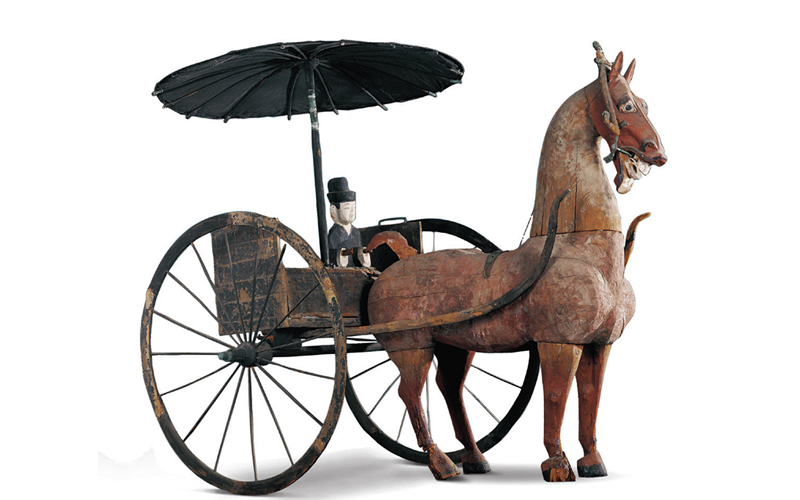
The 20th Century Wheel Advancements
Alloy Wheels
In the 20th century, alloy wheels became increasingly popular due to their improved performance and aesthetic appeal. Alloy wheels are made from a combination of aluminum and other metals, making them lighter and stronger than traditional steel wheels. This results in better acceleration, handling, and fuel efficiency.
Alloy wheels are also more resistant to corrosion and rust, which makes them ideal for use in wet and snowy conditions. Additionally, alloy wheels dissipate heat better than steel wheels, which reduces the risk of brake failure.
Radial Tires
Another significant advancement in wheel technology in the 20th century was the development of radial tires. Unlike traditional bias-ply tires, radial tires have a construction that allows for better handling, fuel efficiency, and longer tread life.
Radial tires have a flexible sidewall that allows for better contact with the road, resulting in improved traction and stability. Additionally, radial tires are less prone to overheating and blowouts, which makes them safer and more reliable.
Overall, the advancements in alloy wheels and radial tires in the 20th century have greatly improved the performance, safety, and aesthetics of wheels.
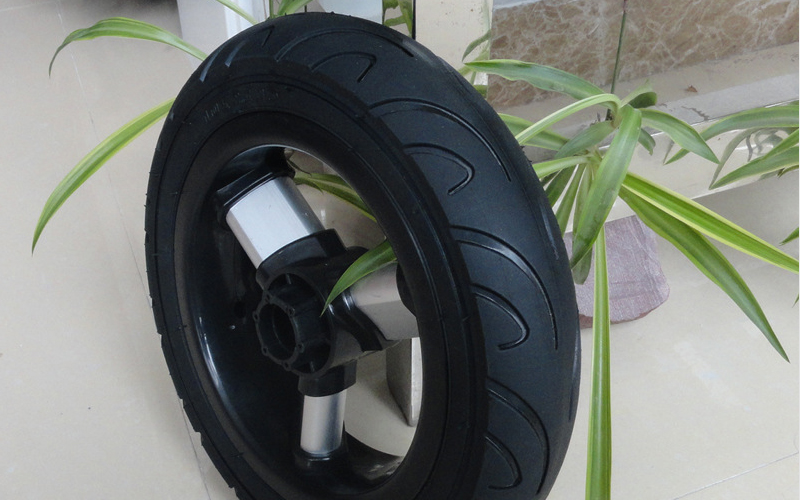
Modern Wheel Technology
With the advancement of technology, wheel technology has come a long way from the wooden spokes of the past. Modern wheel technology has made use of various materials, including aluminum alloys, magnesium alloys, and carbon fiber.
Carbon Fiber Wheels
Carbon fiber wheels are one of the latest innovations in wheel technology. They are made by weaving carbon fibers together and then bonding them with a resin to create a lightweight and strong wheel. Carbon fiber wheels are known for their strength, stiffness, and low weight.
One of the main advantages of carbon fiber wheels is their low weight, which can reduce the unsprung weight of a vehicle. This, in turn, can improve the handling and performance of the vehicle. Carbon fiber wheels are also known for their high strength-to-weight ratio, which means they can withstand high loads without adding extra weight.
However, carbon fiber wheels are also known for their high cost and limited availability. They are often used in high-performance sports cars and racing vehicles, where their benefits outweigh their cost.
Overall, modern wheel technology has come a long way from the wooden spokes of the past. Carbon fiber wheels are just one example of the latest innovations in wheel technology, and they offer many benefits over traditional wheels.
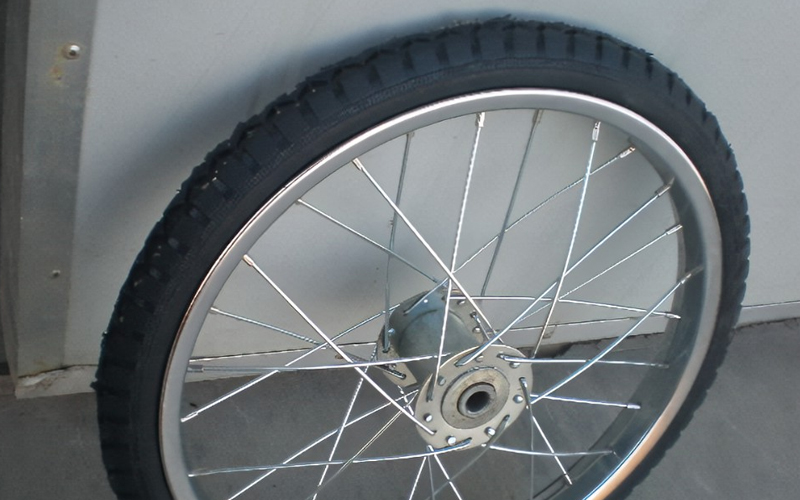
Future of Wheel Technology
As technology continues to advance, the future of wheel technology looks promising. Here are a few potential developments to look out for:
1. 3D Printed Wheels
3D printing technology has already been used to create bike frames and other bike components. In the future, it’s possible that 3D printing technology could be used to create custom wheels. This would allow for a more precise fit and potentially lighter weight.
2. Smart Wheels
Smart wheels could include built-in sensors that measure things like speed, distance, and even tire pressure. This data could be transmitted to a smartphone app to help cyclists track their performance and maintain their bike.
3. Self-Healing Tires
Punctured tires can be a major inconvenience for cyclists. In the future, it’s possible that tires could be made with self-healing materials. These materials could detect and repair small punctures automatically, reducing the need for frequent tire changes.
4. Improved Aerodynamics
Aerodynamics is an important factor in bike performance, particularly for competitive cyclists. In the future, wheels could be designed with improved aerodynamics in mind. This could include features like dimples on the rim, similar to a golf ball, to reduce drag.
While these developments are exciting, it’s important to note that they may not be widely available or affordable for some time. However, as technology continues to advance, the possibilities for wheel technology are endless.


